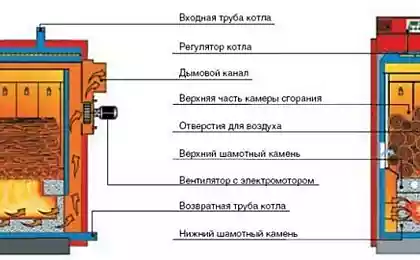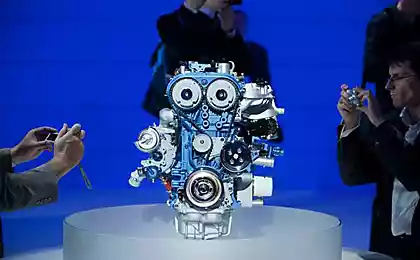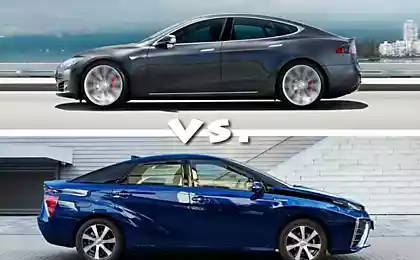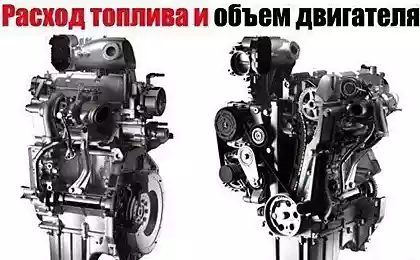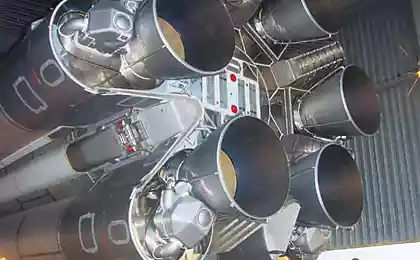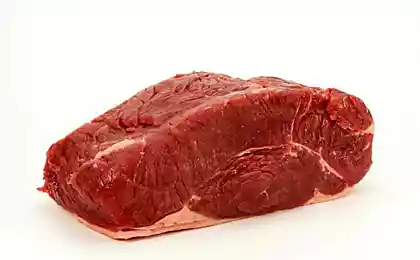857
American engineers are developing high-strength steel to reduce the fuel consumption of vehicles
The molten steel in the laboratory of the institute i>
The Missouri University of Science and Technology (MWCNTs) are developing third-generation steel that automakers be able to use for the production of vehicles with the aim of reducing the amount of fuel consumed.
Even in the US, a country of huge cars and wide roads, can not get away from the tendency to fuel economy. Existing rules oblige car manufacturers to gradually improve the characteristics of the new machines. Apparently, the government expects that the electric displace ICE in the next 10-15 years. By 2025, passenger cars and light trucks will be required to be able to travel on one gallon of gasoline 54.5 miles (consumption is less than 5 liters per 100 kilometers). At the same time, of course, should not suffer the safety of the vehicle.

Lamborghini Murselago (12V 6, 2n) - one of the least fuel-efficient cars in the world: 36 liters per 100 km i>
And the most obvious first way to reduce consumption is to reduce the weight of vehicles. This requires new steel grades, as strong with less weight. While all vehicles are manufactured with the help of the so-called steel "First generation". The second generation, developed by engineers, it was too expensive to produce. Now Missouri engineers are developing the third generation, durable and inexpensive. They are developing a two-stage process for producing steel, which was previously calculated on computers using the method of calculation & quot; теория Density functional & quot ;.
Engineers improve the method of construction steel, known as TRIP, or TRIP steel. This metastable high-strength steel with high temperature ductility. In the domestic literature it is sometimes referred to as PNP-steel (plasticity induced transformation). TRIP steels over conventional (low-alloyed structural) steels have high strength, and a 2-3 times greater plasticity, which gives them advantages in the process of stamping and molding.
In the automotive industry because of its properties, it can be used for the production of more complex parts and provide greater freedom in the choice of design engineers, reducing weight and overall manufacturing technology of a vehicle.
Source: geektimes.ru/post/252510/
Astronomers have uncovered the riddle extremely hot blue stars
Fake: "Resurrection" banana rice and hairdryer





